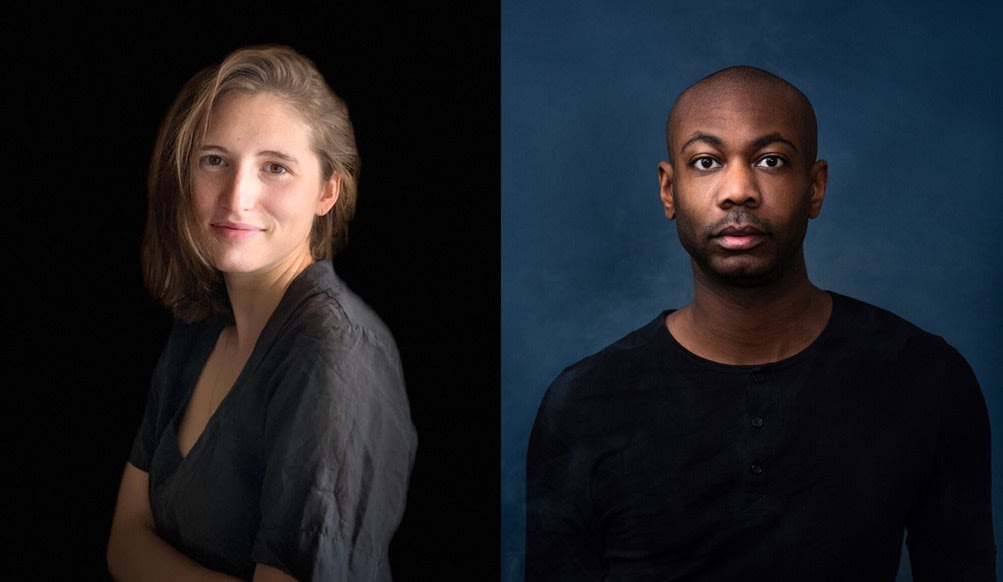
Zeit Contemporary Art is pleased to present a new episode of PERSPECTIVES. Art historian Samuel Shapiro sits down with abstract painters Alteronce Gumby and Julia Rooney to discuss the past and present of pictorial abstraction in connection with Zeit Contemporary Art's online viewing room .
Abstract painting was many things throughout the twentieth century, but it often served as a method through which artists could open a door by closing one. In 1921, Alexander Rodchenko painted Pure Color: Red, Yellow, Blue–a triptych of monochromes. This is what he said about it: “I reduced painting to its logical conclusion and exhibited three canvases: red, blue, and yellow. I affirmed: this is the end of painting … there will be no more representation.” And on he went to work in the service of a socialist utopia. After the cataclysmic historical rupture of the Second World War, Jackson Pollock declared that “the modern painter cannot express this age, the airplane, the atom bomb, the radio, in the old forms of the Renaissance or of any other past culture.” Closing the door on easel painting, he proceeded to fling skeins of paint onto prone canvas ground. In the final quarter of the century, after the hegemony of Abstract Expressionism like Pollock’s, artists turned abstraction on itself; Gerhard Richter claimed his own painting to be “an assault on the falsity and the religiosity of the way people glorified abstraction, with such phony reverence.” He called work like Rodchenko’s “devotional art” and “church handicrafts,” thus closing the door on utopian aspiration and direct expression in order to open one onto the complex negotiation of history, form, and subjective experience that abstract painters must perform to this day.
In the wake of these polemical positions, painting persists with ongoing vitality and relevance. Indeed, from the perspective of the gallerygoer, it’s easy to see that artists today are looking for new doors, new ways forward, as they also strive to prop open a few doors that so many tried to slam shut. But what does it feel like, from their perspective, to work under the weight of this tradition? What possibilities does the medium of painting and the mode of abstraction offer artists today that it did not throughout the twentieth century? At a cultural moment in which everything from money to individual identity has been subjected to complex processes of abstraction, can abstract painting still claim to clarify the world around us and our relationship to it? Should it?
Alteronce Gumby has degrees in painting from Hunter College and the Yale School of Art. He’s had residencies and solo exhibitions from New York to Paris. Julia Rooney, too, attended the Yale School of Art, after she completed her bachelors at Harvard. She’s exhibited at numerous galleries, has upcoming residencies at Mass MoCA and the Joan Mitchell Center, and has worked as an arts educator at the Sol LeWitt archive and the Metropolitan Museum of Art in New York City.




